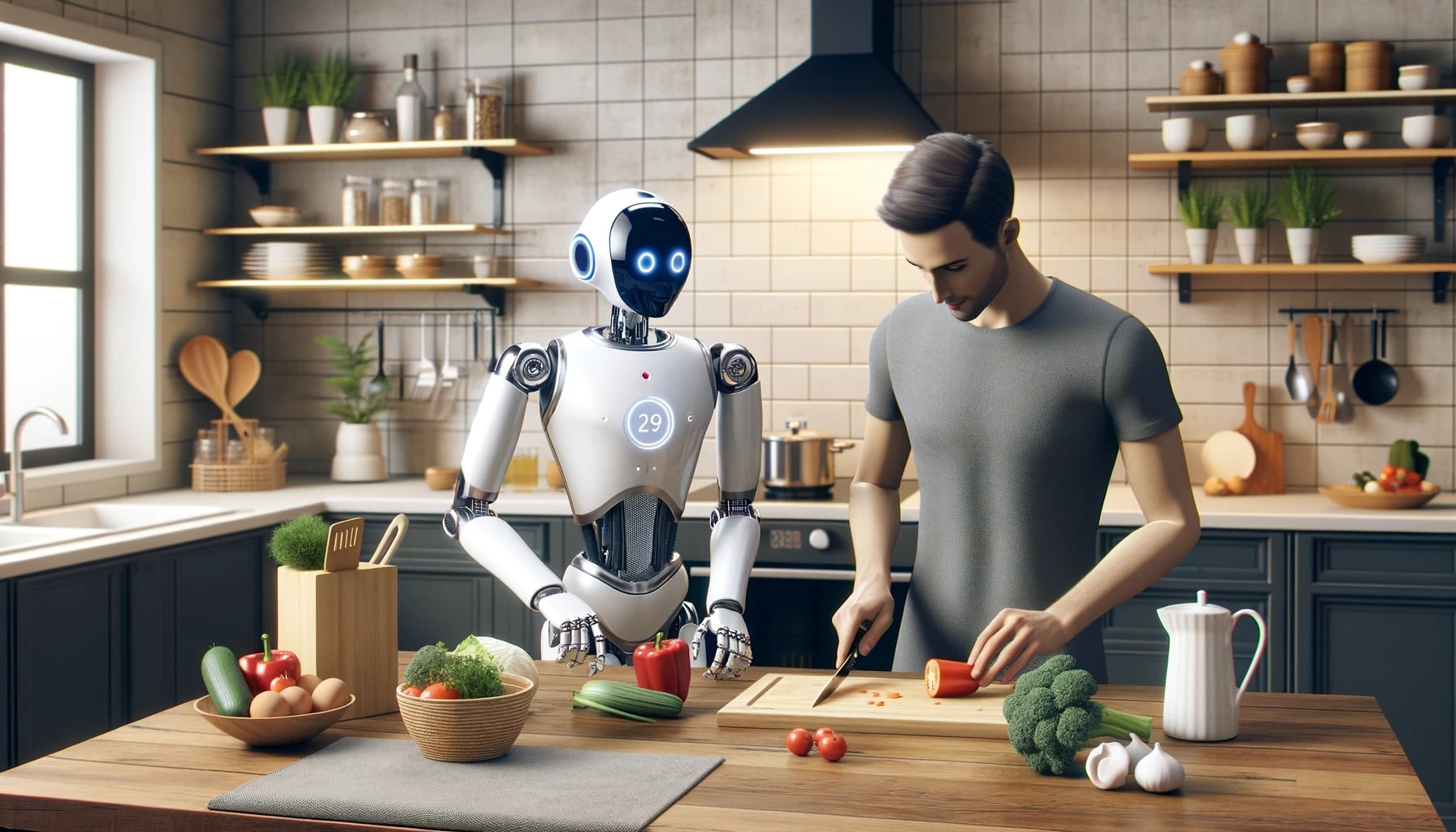Google Lumiere, an innovative AI video model from Google Research, is poised to transform the landscape of video content creation. This forward-looking research project presents a unique method for crafting videos, addressing the limitations of current AI video technologies.
Revolutionizing Video Creation with AI
Existing AI video models often struggle with maintaining fluid movement throughout a clip, resulting in unnatural transitions and motions. Google Lumiere overcomes these issues by ensuring consistency and realism in the movement of objects within videos.
Space-Time Architecture: The Core of Lumiere’s Innovation
The standout feature of Lumiere is its space-time architecture, a stark contrast to the traditional frame-by-frame video assembly. This method processes the positioning and movement of objects concurrently, considering the entire video as a single entity. This holistic approach results in synchronized and cohesive video content generation.
Google Lumiere’s capabilities extend to text-to-video and image-to-video conversions, with its architecture allowing for refined control over video elements. The model’s ability to animate specific image regions and offer inpainting options demonstrates its potential for a variety of content creation and video editing tasks.
Availability and Future Prospects
Currently, Google Lumiere is not open for public use and remains a research initiative. While its practical application is pending further development, Google’s history suggests a potential future integration of Lumiere’s technology into its products.
In summary, Google Lumiere marks a significant step in AI video generation with its unique architecture. Although not yet publicly available, its potential future applications could significantly impact how we create and interact with video content.










